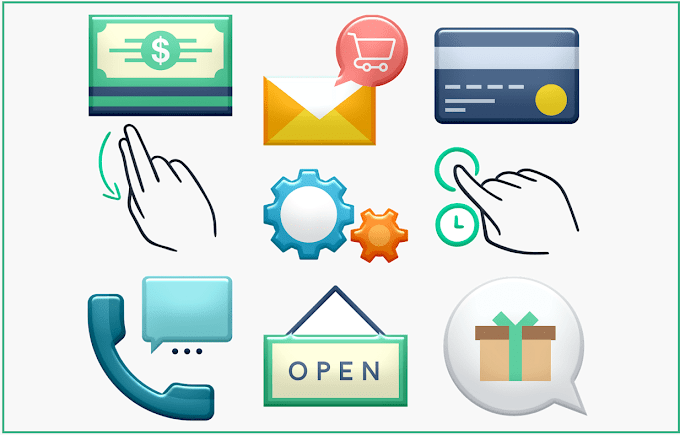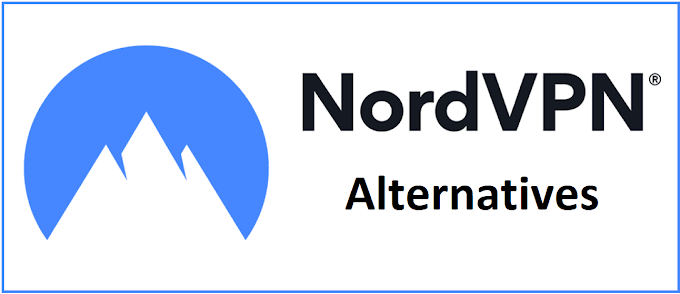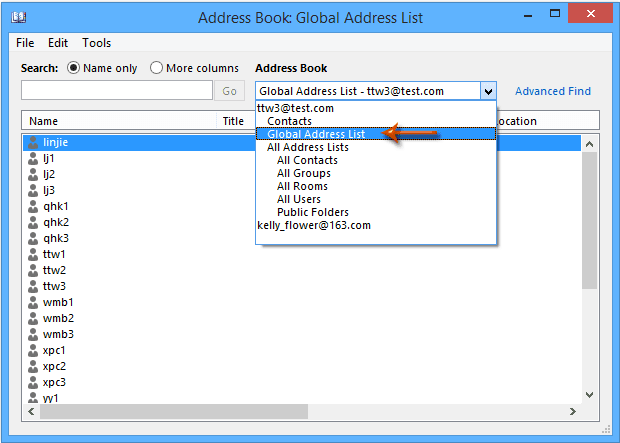
In recent years, innovative technologies have made significant advancements, remarkably in the domain of scalable device connectivity and integration. These progressions have finally enhanced manufacturing industries and enterprises to evolve legacy systems as well as develop new solutions that meet newer trends. If utilized prudently, these technologies have the potential to revolutionize enterprise operations and are capable to implement and integrate essential use cases at a minimal incremental expense.
Technological innovations such as Advanced Data Analytics, Artificial Intelligence, Machine Learning (ML), 5G Technology, and Edge Computing, are some of the few enterprise game-changers. Due to the current device-intensive environment of business, enterprises are currently investing more in operational technology (OT) than in information technology (IT). The device-intensive digital transformation used to be a challenge for most enterprises due to their decade-old legacy systems and processes. But with the advancement in the above-mentioned technologies, devices have now transformed into a smarter, efficient and easily manageable operational technology.
Over the last decade, several enterprises have transformed operations by integrating the OT and IT environments using the best platforms such as Cloud. With technologies such as AI, NLP and ML, these integrations have unlocked possibilities like never before; making processes more productive and outcomes more profitable. The Internet of Things (IoT) is one such operational technology (OT) that has evolved significantly with the implementation of technology. Digital transformation with IoT has revolutionized business connectivity and facilitated the integration of resources, assets and data into an individual point of view, flagging the race to achieve invaluable business insights for enterprises.
The Need for Internet of Things (IoT)
The Internet of Things (IoT) is an innovative technology that is quickly earning recognition in the advanced wireless telecommunications environment. The concept of IoT technology is the extensive presence of multiple devices and interferences all around us, as things or objects. Examples of this can be radio frequency identification tags (RFID), sensors, thermal scanners, image capturing devices, mobile phones, etc. Which, through unique addressing policies, can communicate with each other to achieve shared responsibilities.
The principal uniqueness of the IoT concept is the extraordinary influence it will have on multiple domains, ranging from small/medium enterprises, smart homes, healthcare to large industrial sectors. The concept comprises services that can be devices, machinery to even autonomous vehicles. It is delivered in a way that enterprises can easily integrate modern technology with these devices with the help of cloud computing. The cloud technology is capable of providing a virtual infrastructure for this utility computing that integrates monitoring devices, storage devices, analysis tools, visualization platforms and customer delivery. The pay-as-you-use strategy that can be leveraged on the cloud service models will permit the use of end-to-end services for enterprises and businesses to obtain from any place at any time.
Why is IoT Crucial For Digital Transformation Now Than Ever Before
With the current advancements in technology, the deployment of the Internet of Things (IoT) has become much more manageable and simpler.
Also, nowadays enterprises all around the globe are shifting toward advanced manufacturing and device interconnectivity, which has tremendously increased resilience from disruptions, especially from the COVID-19 pandemic. The pandemic has demonstrated the importance of digital transformation and the pivotal role IoT plays in ensuring digital connectivity of resources, peoples, and even infrastructures. From remote surveillance to healthcare monitoring via the Internet of Medical Things (IoMT), IoT has accelerated the ongoing shifts toward advanced connectivity.
This is especially true in the areas of digital planning, management tools, connected resources and digitized workers, as the crisis showed that digitized operations can react faster and better to changes. For example, enterprises that leveraged digital transformation through IoT were able to incorporate end-to-end digital planning tools that empowered them to adjust production capacity early and quickly.
- Connected and digitized working
High levels of digitization contributed to resilience during the early phase of the COVID-19 pandemic because of the increased ability for remote operation. The pandemic transformed the industries that leveraged traditional methods to deliver services, it forced them to adopt digital transformation in the form of IIoT and digital workers. The pandemic pressure-tested their digital operations in multiple ways and made them understand the importance of digitized working like never seen before.
- Simplified development
A rich set of ready-to-use application programming interfaces (APIs), microservices, (semi-)established communication standards, were easily integrated into IoT devices for maritime and logistics. This encouraged enterprises or businesses affected by lockdown to immediately create new innovative applications with employees that had very less knowledge in programming or coding. This digital transformation helped achieve a more cost-effective and quickly scalable implementation of IoT devices. Therefore, with the help of existing digitized solutions, industries were able to leverage low-code/no-code platforms to build software functionality without the need for the coding talent that early adopters had to have.
- Imprinted scalability
With the integration of IoT in digital transformation, systems were quickly provisioned and applications were simultaneously updated to meet the sudden change in trends. Renewable data pipelines, containerization for microservice-based applications on different edge devices, and advanced solutions were all conceivable because businesses made significant modifications in their digital journey.
- Adaptation to 5G
Through the advanced augmentation of performance with 5G, enterprises and industries were able to defeat the elevated interference inherent to pre-Industry 4.0 shop floors. As a result, device interconnectivity and the number of devices on a single network were tremendously increased with the implementation of digital solutions such as Blockchain. 5G would also provide comparatively more reliable connectivity with the edge or cloud for sharing data between IoT devices and coordinating them in real-time.
Conclusion
Aside from increasing operational efficiency, IoT services and solutions pave the path for innovation and enable companies to move forward by offering better and connected products. With the integration of newer technologies, IoT can be made adaptable to the growing trends and customer demands, and provide innovative services based on them. Majority of enterprises all around the globe have leveraged various IoT initiatives across various phases such as development, deployment, production and computation. This establishes that the IoT is recognized as a possible answer to several concerns and as the solution to unlock the doors of digital transformation of operational as well as information technologies.










0 Comments